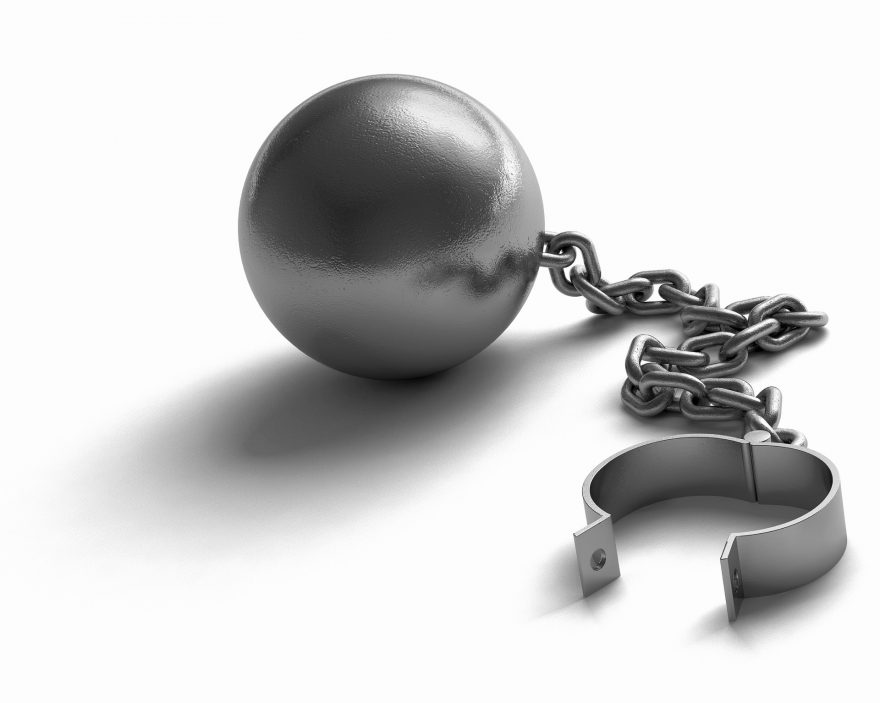When your people are not being as productive as they could be, it can be frustrating and sometimes puzzling, both for you and for them. The potential is there but the performance is falling short – and you have no idea why.
At Thinking Focus, we sometimes find it helpful to refer to the things that stop us achieving our potential as interference. In the book ‘The Inner Game of Tennis’ the author Timothy Gallwey proposed that performance (Pe) is equal to potential (Po) minus interference (I), or Pe = Po – I. We use this equation to help individuals and teams to get an idea of just how much interference is getting in the way. As potential is always 100%, if you think you’re only performing at 70% of this, then interference levels equate to 30%.
We believe that removing interference enables people to think and work differently, gives them purpose and helps them enjoy their job. All of which leads to higher productivity, smooth transitions during times of change, and sustainable results.
The first step to removing interference is to recognise it. So, what exactly is it? In the work place, it can fall into one of two categories: organisational or self-imposed.
Organisational interference
This covers any constraints to productivity that come from the organisation itself, and which slow down and sometimes even stop work processes.
Examples of organisational interference are:
- Outdated processes, that could be improved or replaced
- Legacy IT systems that don’t connect or integrate with each other
- Silo working – isolated or non-collaborative work teams
- Assumed rules or ways of working
- Inconsistent leadership and management
- Internal politics, due to hierarchies or individual power-play
- Unhelpful competition between departments
Self-imposed interference
This refers to internal constraints that an individual puts on themselves and which prevents them from being as productive as they could be. Each person has different elements of self-imposed interference, and some have more than others.
Examples of self-imposed interference are:
- Attitude, belief and mindset
- Assumptions about how we work or are expected to work
- Waiting for permission to do things
- Expecting to be told what to do and how to do it
- Lack of confidence, low self-esteem, and self-doubt
Thinking Focus helps teams and business units become more productive by identifying and removing interference. Read more here about our approach to unlocking productivity.
Like this? Why not take a look at our next blog, Improving workplace productivity, step 2: Recognising how interference affects productivity, for more on this subject.

